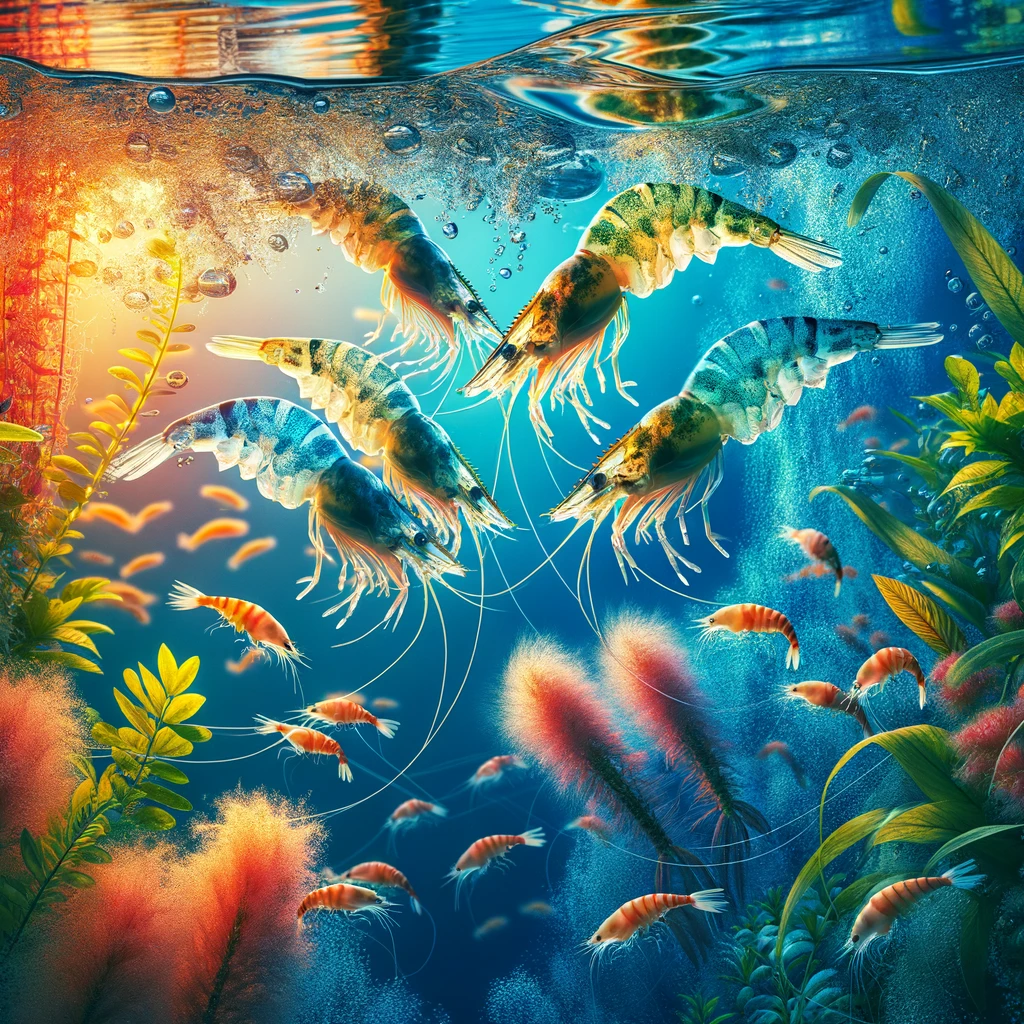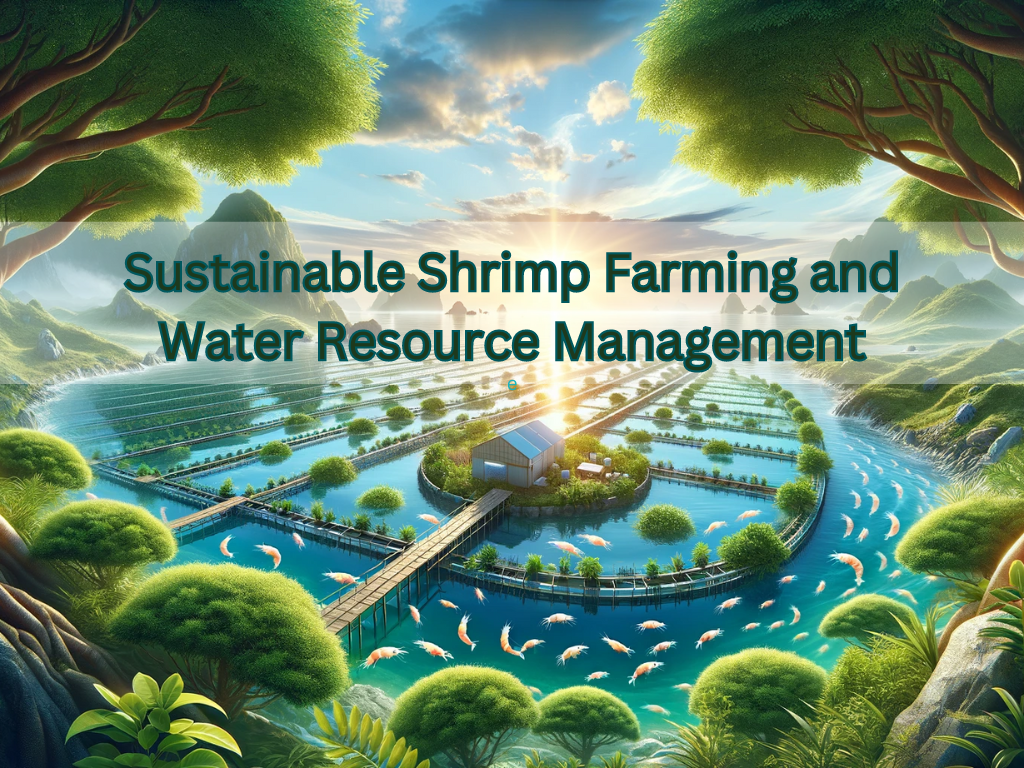Introduction to Sustainable Shrimp Farming
Welcome to our latest blog post, where we dive deep into the world of shrimp aquaculture. As the demand for seafood continues to soar, sustainable shrimp farming has emerged as a significant industry. However, its impact on the environment, particularly on water resources, cannot be ignored. Today, we’re exploring how to balance shrimp production with sustainable resource management.
The Shrimp Industry’s Water Dilemma
Shrimp farming is inherently water-intensive, involving large amounts of water for pond cultivation and exchange. This poses a significant challenge: How do we satisfy the world’s seafood appetite without causing habitat loss, environmental deterioration, or stress on local water bodies? Indeed, the growth of this sector, especially in fragile coastal regions, raises pressing concerns about ecosystem impacts and the well-being of dependent communities.
Overcoming Water Conservation Challenges
Let’s face it, effective water conservation in shrimp aquaculture is no easy feat. We encounter various hurdles, such as:
- High Water Exchange Rates: Traditional farming methods require frequent water changes to maintain quality, leading to high water usage and potential environmental pollution.
- Pond Sedimentation: Regular flushing is needed due to sediment buildup, resulting in significant water loss and nutrient runoff.
- Disease Management Challenges: The use of chemicals and antibiotics in water treatment poses risks to aquatic ecosystems.
- The Gap in Water Recycling: There’s a noticeable lack of advanced water recycling technologies in many shrimp farms.

Innovative Solutions for a Sustainable Shrimp Farming & Future
Fear not, as innovation and environmental responsibility are paving the way for better water management in shrimp farming. Here are some game-changing approaches:
- Recirculating Aquaculture Systems (RAS): These systems are a win-win, reducing water exchange by purifying and recycling water within a closed environment.
- Integrated Multi-Trophic Aquaculture (IMTA): This sustainable approach involves raising various species together, like shrimp and seaweeds, to create a balanced ecosystem.
- Best Management Practices (BMPs): Techniques such as improved pond design and aeration systems enhance water conservation while ensuring ideal shrimp growth conditions.
- Advanced Water Quality Monitoring: Cutting-edge technology allows for real-time water quality adjustments, minimizing the need for water exchanges and reducing environmental impact.
Conclusion: The Path Forward
The long-term sustainability of shrimp farming hinges on balancing efficient water conservation with production needs. By adopting technologies like RAS, IMTA, BMPs, and sophisticated water monitoring, we can achieve this equilibrium. This not only benefits the environment but also ensures a sustainable future for the shrimp aquaculture industry.
Remember, every step towards sustainable shrimp farming is a leap towards preserving our precious water resources. Let’s keep the conversation going – share your thoughts and insights in the comments below!
P.S: Interested in more about sustainable aquaculture? Visit our resource hub at EAT Community for comprehensive guides and updates.



